BMW Lightly Updated the 4 Series for 2025

BMW’s sedan catalog is surprisingly expansive, though there’s quite a bit of overlap between model lines. The 4 Series cars build on the slightly smaller 3 Series with sleeker styling and other touches, and the range got a mild update for 2025 that brings better tech and slight cosmetic upgrades.
The new cars get a revised grille and new headlight units with fresh daytime running lights. There’s also a new approach lighting animation that welcomes the driver, and the range-topping M variants get full LED headlights as standard. Buyers can also choose from new wheel designs and two new colors, including green and red hues.
BMW employs its new iDrive 8.5, which changes the user interface with a new mapping display and easier navigation functionality. The electric i4 adds more detailed charging and route planning features that enable choosing preferred chargers and selecting a desired state of charge along the way for optimized range. BMW offers a new synthetic leather upholstery option, but the car is still available with genuine leather, and it also offers a range of interior trim options, including wood and aluminum.
Powertrain options remain the same as last year, including a mild-hybrid turbocharged 2.0-liter four-cylinder making 255 horsepower and 295 pound-feet of torque. The available turbocharged inline-six produces 375 horsepower and 398 pounds of torque and can temporarily boost power by 11 ponies with the mild-hybrid system.
Pricing will be available closer to launch but expect a slight bump over today’s base MSRP of $48,300. Production is scheduled to begin this summer for all 2025 4 Series models.
[Image: BMW]
Become a TTAC insider. Get the latest news, features, TTAC takes, and everything else that gets to the truth about cars first by subscribing to our newsletter.

Chris grew up in, under, and around cars, but took the long way around to becoming an automotive writer. After a career in technology consulting and a trip through business school, Chris began writing about the automotive industry as a way to reconnect with his passion and get behind the wheel of a new car every week. He focuses on taking complex industry stories and making them digestible by any reader. Just don’t expect him to stay away from high-mileage Porsches.
More by Chris Teague
Latest Car Reviews
Read moreLatest Product Reviews
Read moreRecent Comments
- W Conrad I'm not afraid of them, but they aren't needed for everyone or everywhere. Long haul and highway driving sure, but in the city, nope.
- Jalop1991 In a manner similar to PHEV being the correct answer, I declare RPVs to be the correct answer here.We're doing it with certain aircraft; why not with cars on the ground, using hardware and tools like Telsa's "FSD" or GM's "SuperCruise" as the base?Take the local Uber driver out of the car, and put him in a professional centralized environment from where he drives me around. The system and the individual car can have awareness as well as gates, but he's responsible for the driving.Put the tech into my car, and let me buy it as needed. I need someone else to drive me home; hit the button and voila, I've hired a driver for the moment. I don't want to drive 11 hours to my vacation spot; hire the remote pilot for that. When I get there, I have my car and he's still at his normal location, piloting cars for other people.The system would allow for driver rest period, like what's required for truckers, so I might end up with multiple people driving me to the coast. I don't care. And they don't have to be physically with me, therefore they can be way cheaper.Charge taxi-type per-mile rates. For long drives, offer per-trip rates. Offer subscriptions, including miles/hours. Whatever.(And for grins, dress the remote pilots all as Johnnie.)Start this out with big rigs. Take the trucker away from the long haul driving, and let him be there for emergencies and the short haul parts of the trip.And in a manner similar to PHEVs being discredited, I fully expect to be razzed for this brilliant idea (not unlike how Alan Kay wasn't recognized until many many years later for his Dynabook vision).
- B-BodyBuick84 Not afraid of AV's as I highly doubt they will ever be %100 viable for our roads. Stop-and-go downtown city or rush hour highway traffic? I can see that, but otherwise there's simply too many variables. Bad weather conditions, faded road lines or markings, reflective surfaces with glare, etc. There's also the issue of cultural norms. About a decade ago there was actually an online test called 'The Morality Machine' one could do online where you were in control of an AV and choose what action to take when a crash was inevitable. I think something like 2.5 million people across the world participated? For example, do you hit and most likely kill the elderly couple strolling across the crosswalk or crash the vehicle into a cement barrier and almost certainly cause the death of the vehicle occupants? What if it's a parent and child? In N. America 98% of people choose to hit the elderly couple and save themselves while in Asia, the exact opposite happened where 98% choose to hit the parent and child. Why? Cultural differences. Asia puts a lot of emphasis on respecting their elderly while N. America has a culture of 'save/ protect the children'. Are these AV's going to respect that culture? Is a VW Jetta or Buick Envision AV going to have different programming depending on whether it's sold in Canada or Taiwan? how's that going to effect legislation and legal battles when a crash inevitibly does happen? These are the true barriers to mass AV adoption, and in the 10 years since that test came out, there has been zero answers or progress on this matter. So no, I'm not afraid of AV's simply because with the exception of a few specific situations, most avenues are going to prove to be a dead-end for automakers.
- Mike Bradley Autonomous cars were developed in Silicon Valley. For new products there, the standard business plan is to put a barely-functioning product on the market right away and wait for the early-adopter customers to find the flaws. That's exactly what's happened. Detroit's plan is pretty much the opposite, but Detroit isn't developing this product. That's why dealers, for instance, haven't been trained in the cars.
- Dartman https://apnews.com/article/artificial-intelligence-fighter-jets-air-force-6a1100c96a73ca9b7f41cbd6a2753fdaAutonomous/Ai is here now. The question is implementation and acceptance.
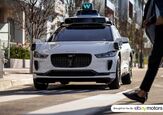
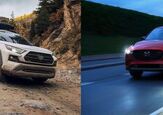

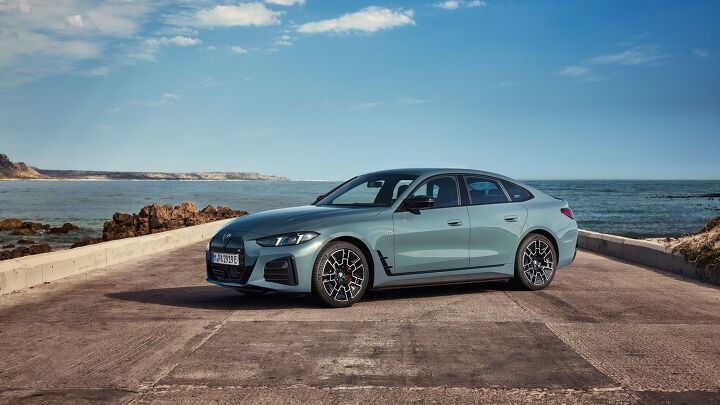












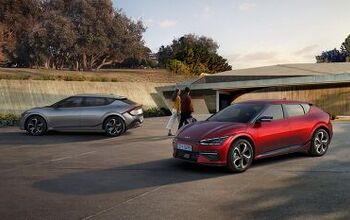

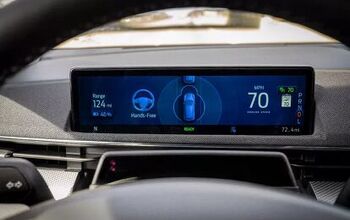
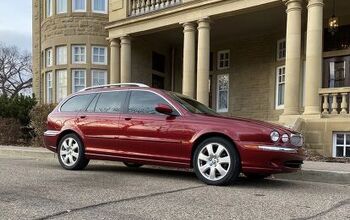
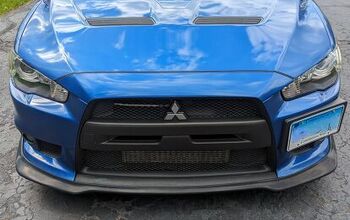

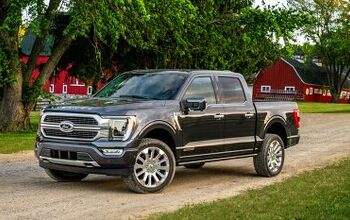
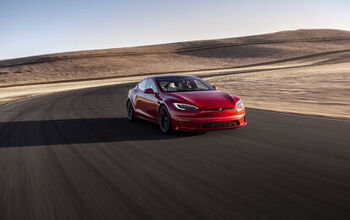
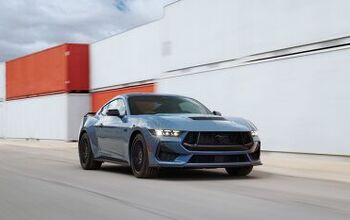
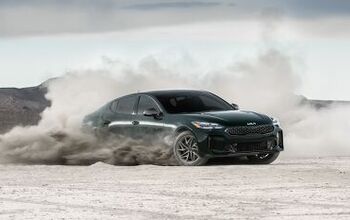
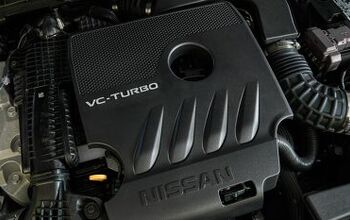

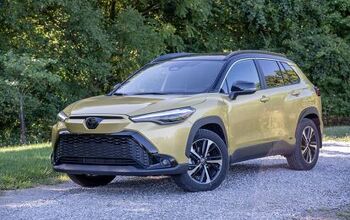
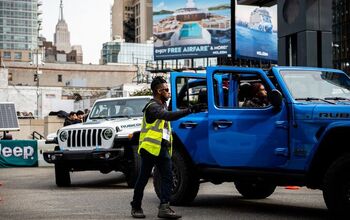
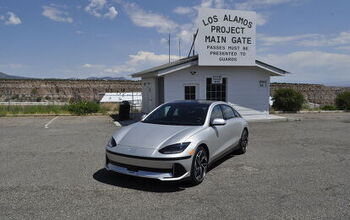
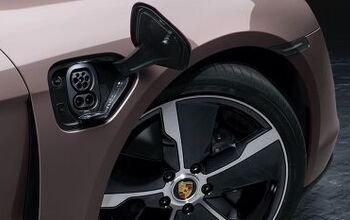
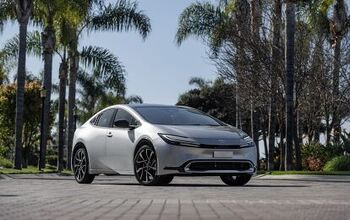
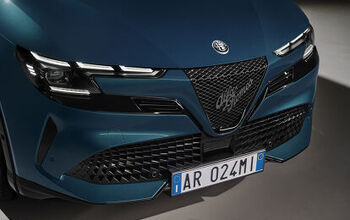
Comments
Join the conversation
Welcome redesign from painfully ugly to I may learn to live with this. Too bad that we don't have a front license plate in Michigan.
"Easier navigation functionality." You know what's easy? iDrive 6/7. Peak functionality, actual knobs/ buttons, fast, intuitive, not buggy. Everything after 7 has been an unmitigated disaster. Can't wait for iDrive 9, when they completely switch hardware & software platforms and base it all on Android Auto OS. Also the screen will probably be so big that it will block the driver's view out of the car.